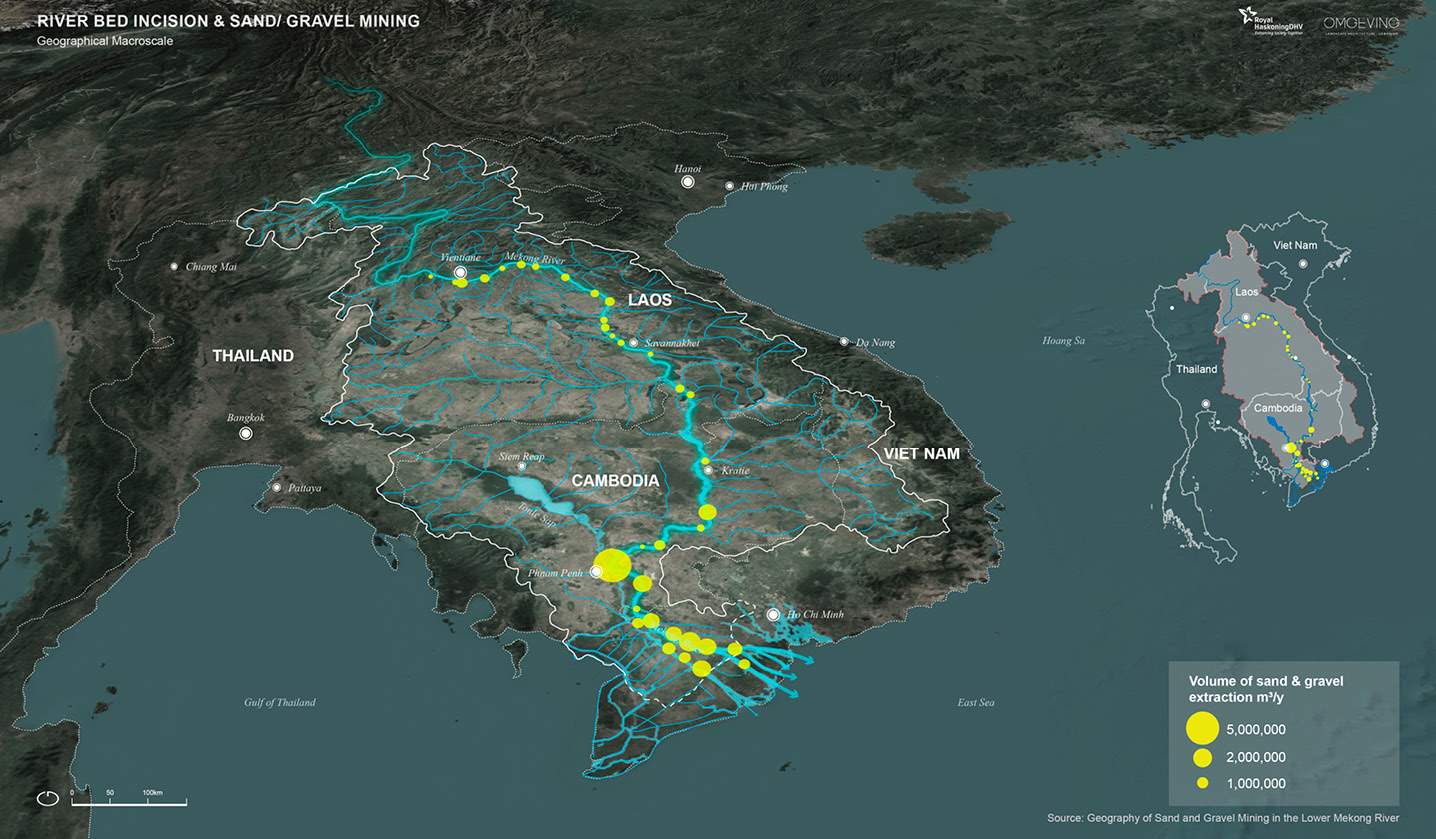Disruption in spawning zone and migratory route due to insufficiently large wetlands and insufficient connectivity
Commercial groundfish species, like whitefish, migrate upstream to areas along the Mekong River in Cambodia, southern Laos, and central Laos as part of their yearly breeding cycle. During this migration, fish eggs and young fish are transported by floodwaters when the season begins, eventually reaching the Mekong Delta. There, they can find food and finish growing.
The impact of climate change, coupled with the operation of hydropower dams upstream, has led to the drying up of water bodies in various wetland areas along the Mekong River. This has caused a significant depletion of fish stocks. In recent years, the water level in the Mekong River has consistently dropped well below the typical average during the peak of the monsoon season. As a result, the reduced wetlands area has restricted the breeding habitat for fish, leading to a decline in their breeding rates[1].
Preserving the natural river flow and ensuring the health of the wetlands ecosystem to provide a suitable spawning habitat for fish is essential. Restoring fish productivity often requires a multifaceted approach that combines habitat restoration, sustainable management practices, and community involvement. Additionally, mitigation efforts can be further enhanced by implementing measures focusing on improving connectivity between the main river channel and the river floodplains.
